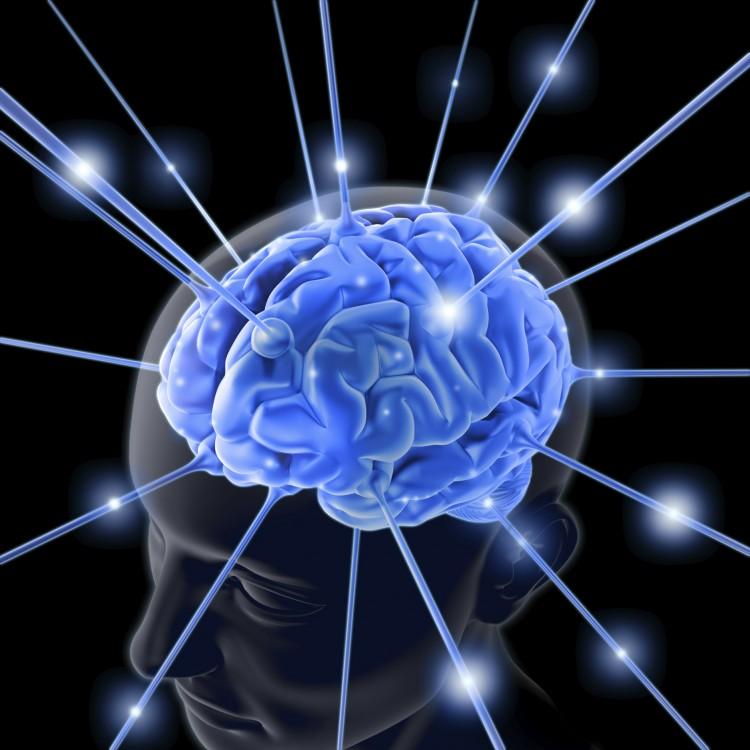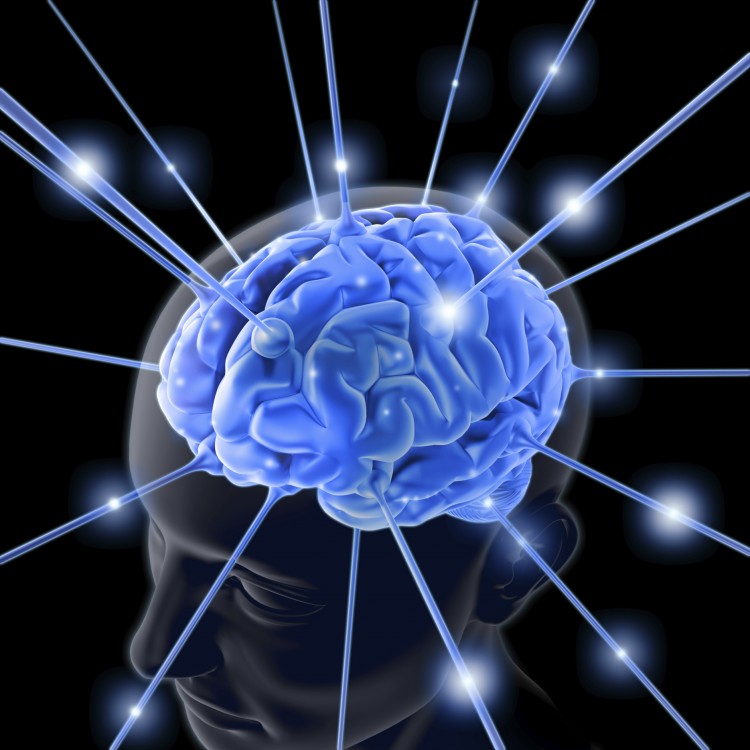People who are afflicted with chronic pain may experience their surroundings differently than non-sufferers.
A team of Australian and Italian neuroscientists looked at people with chronic back pain, placing identical vibration stimuli to the painful area versus a healthy area.
They found that the sufferers’ brains processed the stimuli from the painful area more slowly. But, more interestingly, the effect was the same if the stimuli were presented to a non-painful body part held near the painful area.
Other studies have shown that the way the brain processes information about a painful body part changes in people with chronic pain.
“But what is remarkable is that the problem affects the space around the body as well as the body itself,” said study lead author Lorimer Moseley at the University of South Australia in a press release.
When participants held their hand near the painful back area, their brains barely registered the hand’s presence.
These results are reminiscent of Albert Einstein’s theory of relativity which holds that time-space is affected by the presence of matter.
“The potential similarity between our findings and the time-space distortion predicted by the relativity theory is definitely intriguing,” Moseley said. “Obviously, here it is not external space that is distorted but the ability of the brain to represent that space within its neural circuitry.
“This finding opens up a whole new area of research into the way the brain allows us to interact with the world and how this can be disrupted in chronic pain.”
The paper was published in the journal Neurology on June 27.
The Epoch Times publishes in 35 countries and in 19 languages. Subscribe to our e-newsletter.





